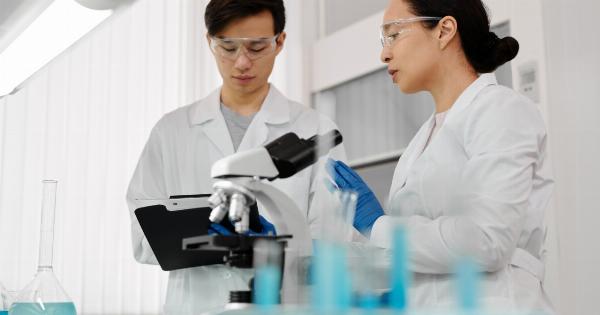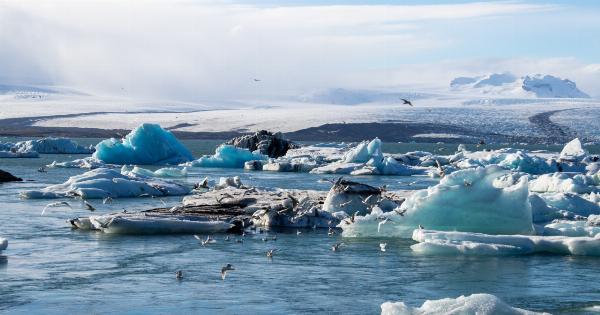A group of scientists in Russia have made an alarming discovery in the Arctic. They have found viruses that have been frozen for 48,000 years in the permafrost.
More worryingly, the viruses are still viable and infectious, according to the research published in the scientific journal Proceedings of the National Academy of Sciences.
What did the scientists find?
The scientists collected samples from the permafrost in northeast Russia from the Kolyma River, collected between 2015 and 2017, and discovered over 800 sequences of RNA viruses.
Of those, they managed to isolate 28 different types, including some that had never been seen before. The viruses were all found to be at least 15,000 years old.
Why is this discovery so concerning?
Many of these viruses infect bacteria but some of them were found to have infected plants in the past, which suggests that they could potentially be a threat to animals and humans as well.
As the permafrost thaws due to global warming, it is possible that these viruses could be released into the environment and potentially cause widespread disease.
Could these viruses be used for good?
While the prospect of deadly viruses being released into the environment is worrying, these ancient viruses could also potentially be used for good.
The researchers found that some of the viruses they discovered had unique properties that could be useful in biotechnology and gene therapy.
How do viruses survive in permafrost for so long?
Permafrost, which is soil and rock that has been frozen for at least two years, creates an ideal environment for viruses to remain intact for thousands of years.
The cold temperatures preserve the viruses, while the lack of oxygen and little to no sunlight prevent them from breaking down.
What other hazards are being uncovered due to thawing permafrost?
Thawing permafrost is a major concern due to the amount of greenhouse gases, such as carbon dioxide and methane, that are released as a result. This has the potential to exacerbate the effects of climate change.
Additionally, the thawing permafrost is also revealing new hazards, such as the massive craters that are appearing in Siberia due to melting ice.
What can be done about thawing permafrost and the hazards it poses?
The most important step to take is to keep global temperatures from rising any further. This can be achieved by reducing greenhouse gas emissions and investing in renewable energy.
Additionally, there needs to be a continued effort to study the effects of thawing permafrost and to develop methods for mitigating its hazards.
What does this discovery mean for the future?
This discovery highlights the need for continued research into viruses and their potential impact on the environment and human health.
It also underscores the urgent need to take action to mitigate the effects of climate change and prevent the release of ancient viruses into the environment.
The bottom line
The discovery of viable, infectious viruses from 48,000 years ago highlights the potential risks of thawing permafrost due to climate change.
While the potential uses of these viruses in biotechnology are exciting, their potential to cause harm cannot be ignored.





























